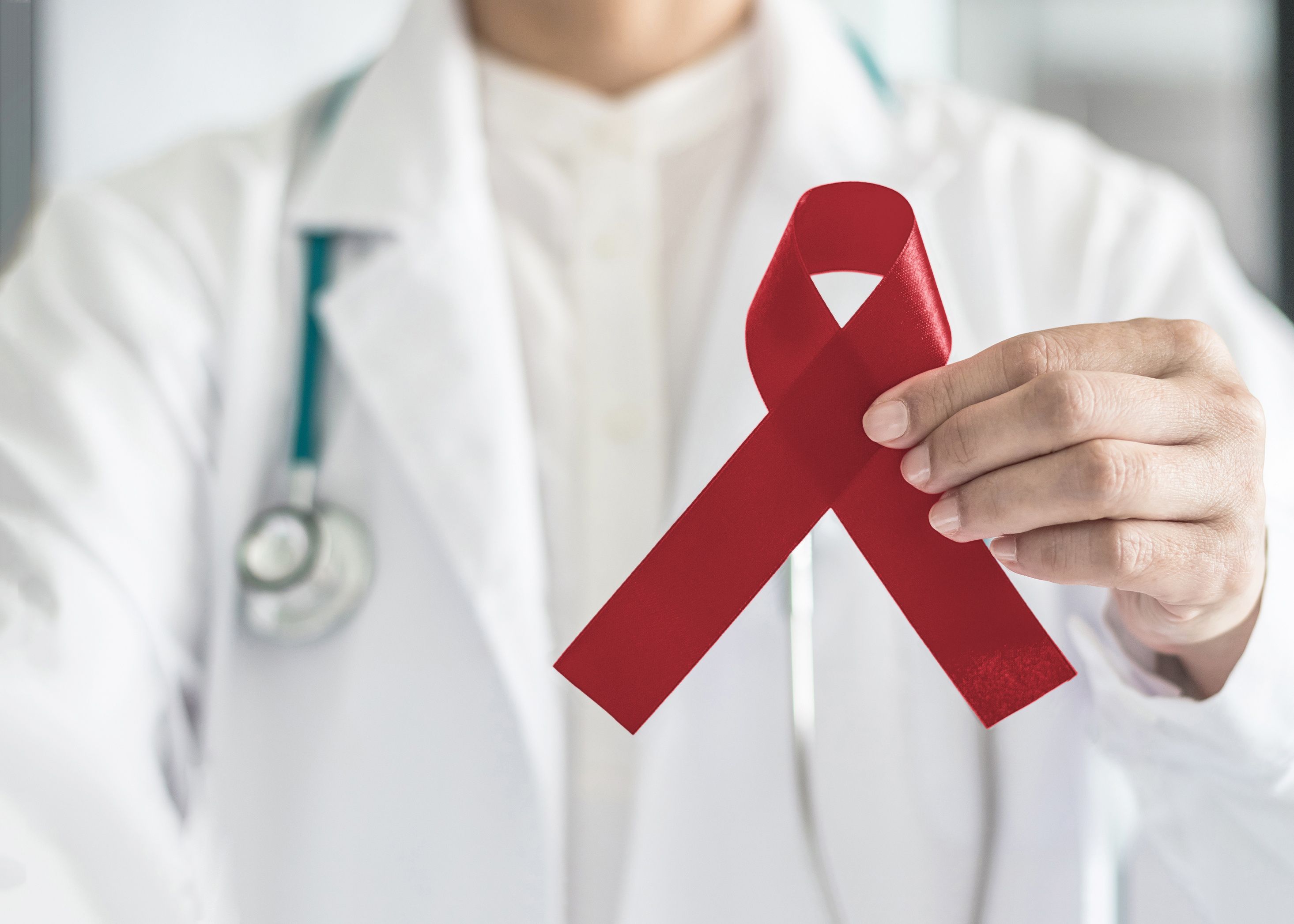Video
Target Outcomes in HR+/HER2- Treatment Management
Insights on unmet needs in HR-positive, HER2-negative treatment management and on how pharmacists can optimize treatment strategies and patient outcomes.
Ryan Haumschild, PharmD, MS, MBA: Let’s talk about the unmet needs and future directions of treatment for HR [hormone receptor]-positive, HER2-negative patients. Dr Moore, let’s come back to you, because we’re speaking to a lot of the pharmacists who are treating these patients. You have a very progressive practice. I love your team support and physician champions for you to be a PI [principal investigator] on a study, and all the management that you’re doing with the Duke University protocol. What general advice would you have for clinical pharmacists who are treating these HR-positive, HER2-negative patients with breast cancer? What advice would you give them about being successful and improving patient outcomes?
Heather N. Moore, PharmD, BCOP, CPP: That’s a great question. Overall, be the drug expert. That’s what we’re trained for. There are 2 components to that. One is understanding the literature, efficacy data, sequencing of therapies, and guidelines. It’s having that background information and staying up to date with the readily evolving literature and guidelines daily and implementing that. It’s having that background or baseline information and then incorporating the drug therapies.
Knowing that so many therapies are being approved so quickly and utilized so frequently, how do we manage that from a drug toxicity standpoint? From dose modifications. How do we apply that to a more complicated patient? Think about comorbidity. It’s about using the many things that we’ve gone through already and bringing that back home. Because how do we have this drug fit this patient? That’s what we’re doing. It’s thinking about some of those standpoints and drug-drug interactions and comorbidities, and utilizing all of those things to be impactful in the clinic to help patients. And be an exceptional team member.
Ryan Haumschild, PharmD, MS, MBA: It sounds like there’s a lot of opportunity for pharmacists to get involved. I completely agree with you. Like you said, it’s patient-centric. It’s about how you can help the team so that providers can focus on seeing more patients, bringing more patients in, and making sure the patients are ultimately successful in therapy.
Let’s transition to guidelines. Dr Dent, I’ll start with you, but I’d like both of your input on this question. Do guidelines accurately reflect the treatments that you use in your practice? We have the NCCN [National Comprehensive Cancer Network] guidelines and other guidelines that are available. Or do you focus a little more on personalized therapy? You see patients who sometimes can be really acute. They can be heavily progressed in their disease or heavily pretreated. How do guidelines reflect your current practice?
Susan Faye Dent, MD, FRCPC, FICQS: Guidelines are good at summarizing the evidence. They will talk about the trials, what the trials have said, and what are reasonable treatment options for you. It’s our job as health care providers to take that guideline, take that evidence, and apply it to the patient and make it more a patient-focused approach.
In other words, as we talked about earlier, if I want to use a CDK4/6 inhibitor, what backbone do I use based on the patient’s previous exposure? What are their comorbidities? What can they tolerate? What’s their disease burden? What other therapies have they been on? It’s taking that information and personalizing it for that individual, which I always think is the best way to go. However, the insurance companies don’t always agree with me. But it’s the personalized approach and using that evidence. A guideline is a guideline. It doesn’t mean you have to go by that, but it certainly provides you with the information and evidence that you need to make those recommendations.
Heather N. Moore, PharmD, BCOP, CPP: I agree with that. Thinking about all of this, the way that I summarize it is that one size doesn’t fit all. When we think about different therapies, we think about how we apply that to the patient. That’s one thing that I struggle with, in terms of certain institutions creating formularies where they may choose only 1 CDK4/6 inhibitor. But is that the best choice? We’re thinking about not only the efficacy data but also so many things that impact that choice, in terms of where their disease is, the data that we have behind visceral disease or brain metastases, or some of those patient-specific factors. Maybe they have a history of IBS [irritable bowel syndrome]. We’re thinking about their ability to do 3 weeks on, 1 week off, in terms of therapy.
It’s having the clinical understanding behind that to help determine the best choice for that patient. That’s something that I also struggle with a little in terms of pathways. Pathways can be helpful in terms of providing general guidance, but sometimes it’s taking those patient-specific factors to determine the next choice of treatment that best fits that patient. Because you may have a patient where it very clearly looks like it’s this, but if you knew that patient, in thinking about their comorbidities or certain factors that go into that decision-making process, maybe there’s another therapy that may be superior or preferred for that particular patient. There are multiple things that we have to consider.
Ryan Haumschild, PharmD, MS, MBA: Those are good points, because sometimes when you’re dealing with large community oncology practices or places where there aren’t subspecialists, you want to drive people toward the right selection. But like you mentioned, it’s so patient specific. In your clinic, it sounds like having a shared decision-making conversation with that patient, recognizing where they’re at, what they can handle, and what’s going to give them the best targeted outcome, plays a huge role in that. I appreciate your perspective.
Susan Faye Dent, MD, FRCPC, FICQS: It’s also important to realize that it’s often more than a 1-person discussion. We’re very fortunate in our center that we meet for an hour every week to discuss patients with metastatic breast cancer who are progressing. As a group, we discuss, “What do you think would be the next best therapy based on what’s available for the specifics of that patient?” Having that group discussion among ourselves as health care providers is also great for patient care because it takes into consideration all of those factors that we just mentioned.
Transcript edited for clarity.
Newsletter
Stay informed on drug updates, treatment guidelines, and pharmacy practice trends—subscribe to Pharmacy Times for weekly clinical insights.






